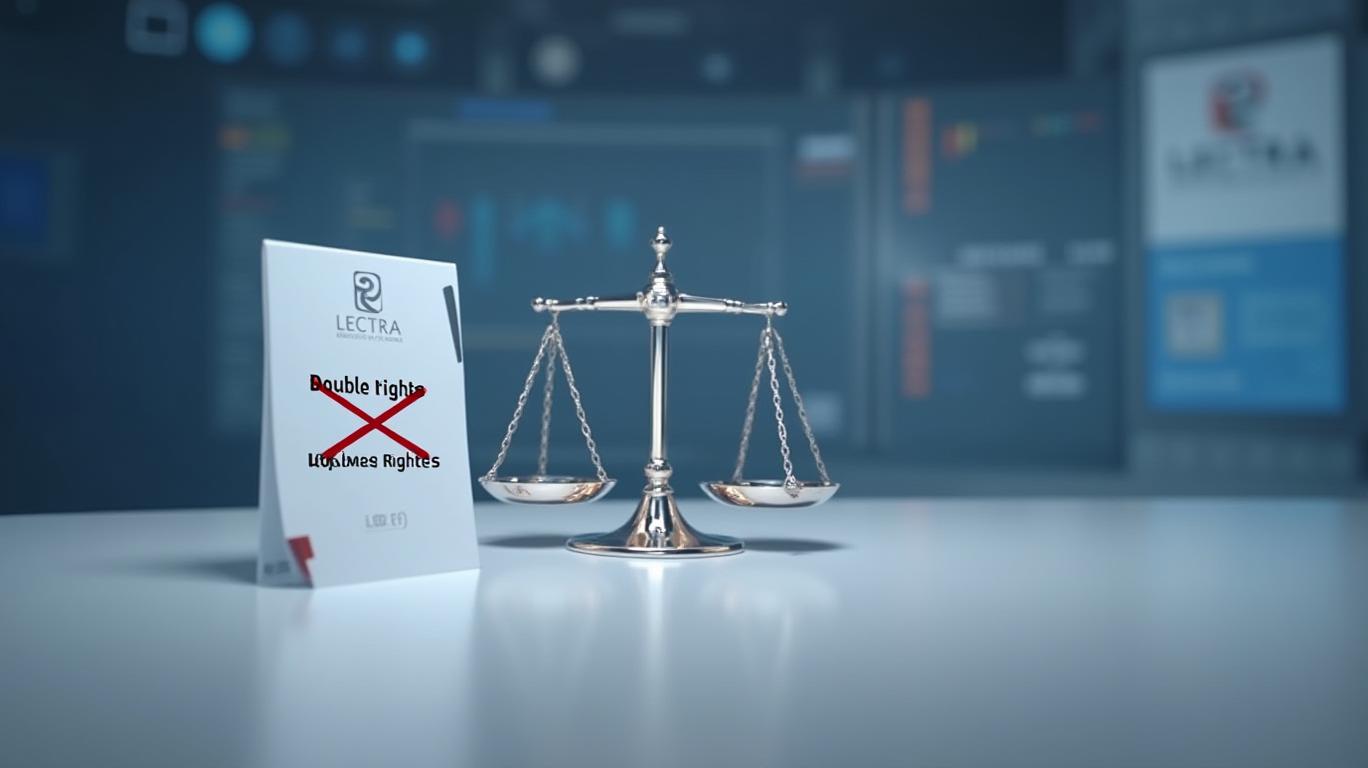Coface SA's Voting Rights Disclosure: A Shift in Shareholder Power Dynamics?
Coface sa, a leading French credit insurance and risk management firm, recently disclosed its total voting rights and share capital structure as of April 30, 2025. The announcement provides critical insights into the company’s equity dynamics, with implications for shareholder influence and governance. Here’s what investors need to know.
Key Figures: Theoretical vs. Real Voting Rights
As of April 30, 2025, Coface’s total shares in the capital stood at 150,179,792, all of the same class and fully paid up. However, the distinction between theoretical voting rights (150,179,792) and real voting rights (149,368,649) is pivotal. The gap of 811,143 shares arises because the theoretical count includes shares held by the company itself (“own shares”), which are excluded from voting. This adjustment reflects a structural nuance in corporate governance, where internal shareholding—common in buybacks or treasury stock programs—temporarily dilutes external shareholders’ voting power.

Why the Split Matters
For investors, the real voting rights figure—149,368,649—is the true measure of shareholder influence. This number determines the threshold for strategic decisions, such as mergers, board appointments, or capital allocation. The exclusion of own shares signals that Coface is holding back a non-trivial portion of its equity (0.54% of total shares) from voting participation. While this may reflect standard corporate practices, it underscores the importance of monitoring changes in own shareholdings, which could shift over time.
Contextualizing the Numbers
As of December 31, 2024, Coface’s share capital totaled €300,359,584, evenly distributed across the 150 million+ shares. The company, listed on Euronext Paris (ticker: COFA), operates as a French société anonyme (S.A.), with its headquarters in Bois Colombes, France. The disclosure’s authenticity is verified via blockchain technology by Wiztrust, a feature increasingly valued in an era of regulatory scrutiny and investor skepticism.
Ask Aime: "Why did Coface temporarily reduce its voting rights?"
Implications for Investors
The data highlights two key takeaways:
1. Voting Power Transparency: By separating theoretical and real rights, Coface ensures shareholders understand their actual influence. This clarity is vital for activist investors or stakeholders considering proxy battles.
2. Structural Stability: The consistency in total shares (unchanged since December 2024) suggests no recent equity issuance or buybacks beyond the disclosed own shares. This stability may reassure investors about management’s capital discipline.
Conclusion: A Balancing Act of Governance and Transparency
Coface’s disclosure reinforces its commitment to transparency, bolstered by blockchain authentication—a move that aligns with evolving investor expectations. The real voting rights figure of 149.37 million shares remains the critical metric for assessing shareholder clout, particularly in major corporate decisions.
While the exclusion of 811,143 own shares is modest in scale, it illustrates the interplay between corporate actions and governance dynamics. Investors should monitor future disclosures for shifts in these numbers, as well as COFA’s stock performance (which, if queried, might reveal market sentiment toward the disclosure). For now, Coface’s clear communication and structural integrity position it as a stable player in the risk management sector—provided its operational performance keeps pace with its governance rigor.
In a market where trust is earned through detail, Coface’s April 2025 update sets a constructive precedent.



_e45148e31749146201654.jpeg)






